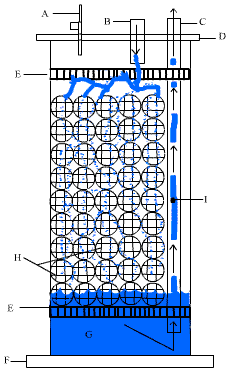JustinReef
New member
I keep hearing about using a long length of tubing to create a long reaction time between the water and ozone. Seems very simple but I have a bunch of questions...
1. How is this set up? Something like a mag 5 or 7 hooked up to the tubing? Then how is the ozone mixed in?
2. Obviously the return from the pump should run through carbon but is there anywhere in this method that ozone can mix with the air and need carbon as well?
3. How much and what kind of tubing is best?
4. Any other tips on setting this kind of thing up?
Its been hard to get any info on this type of set up. I did read the article in reefkeeping that touches on this but I would like to hear more and even see some pics. I wanted to build an actual reactor but Im thinking that since Im not the best DIY guy, this may be much easier. If this does nto work though, I guess I will just buy a reactor
Thanks.
1. How is this set up? Something like a mag 5 or 7 hooked up to the tubing? Then how is the ozone mixed in?
2. Obviously the return from the pump should run through carbon but is there anywhere in this method that ozone can mix with the air and need carbon as well?
3. How much and what kind of tubing is best?
4. Any other tips on setting this kind of thing up?
Its been hard to get any info on this type of set up. I did read the article in reefkeeping that touches on this but I would like to hear more and even see some pics. I wanted to build an actual reactor but Im thinking that since Im not the best DIY guy, this may be much easier. If this does nto work though, I guess I will just buy a reactor
Thanks.

